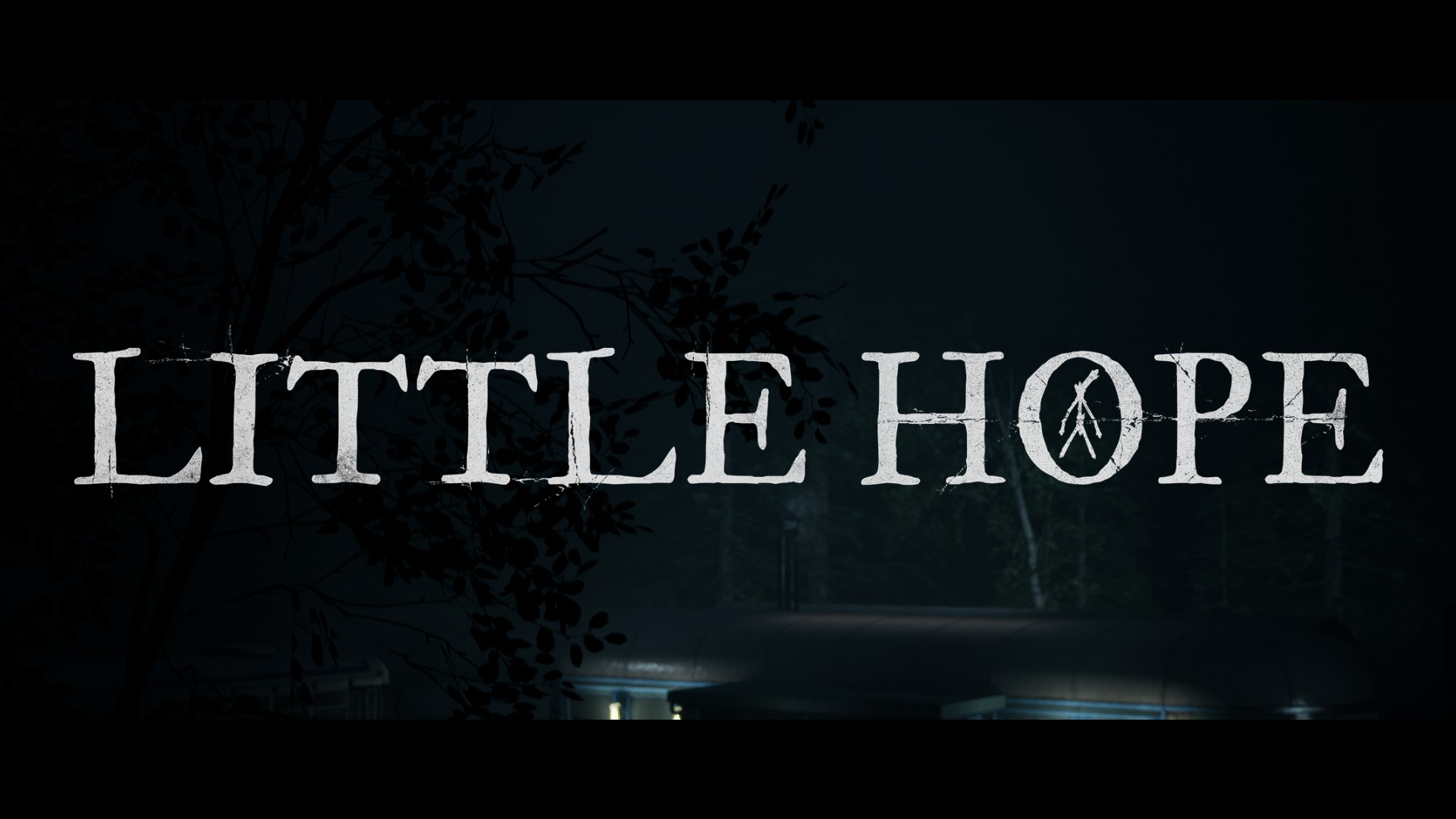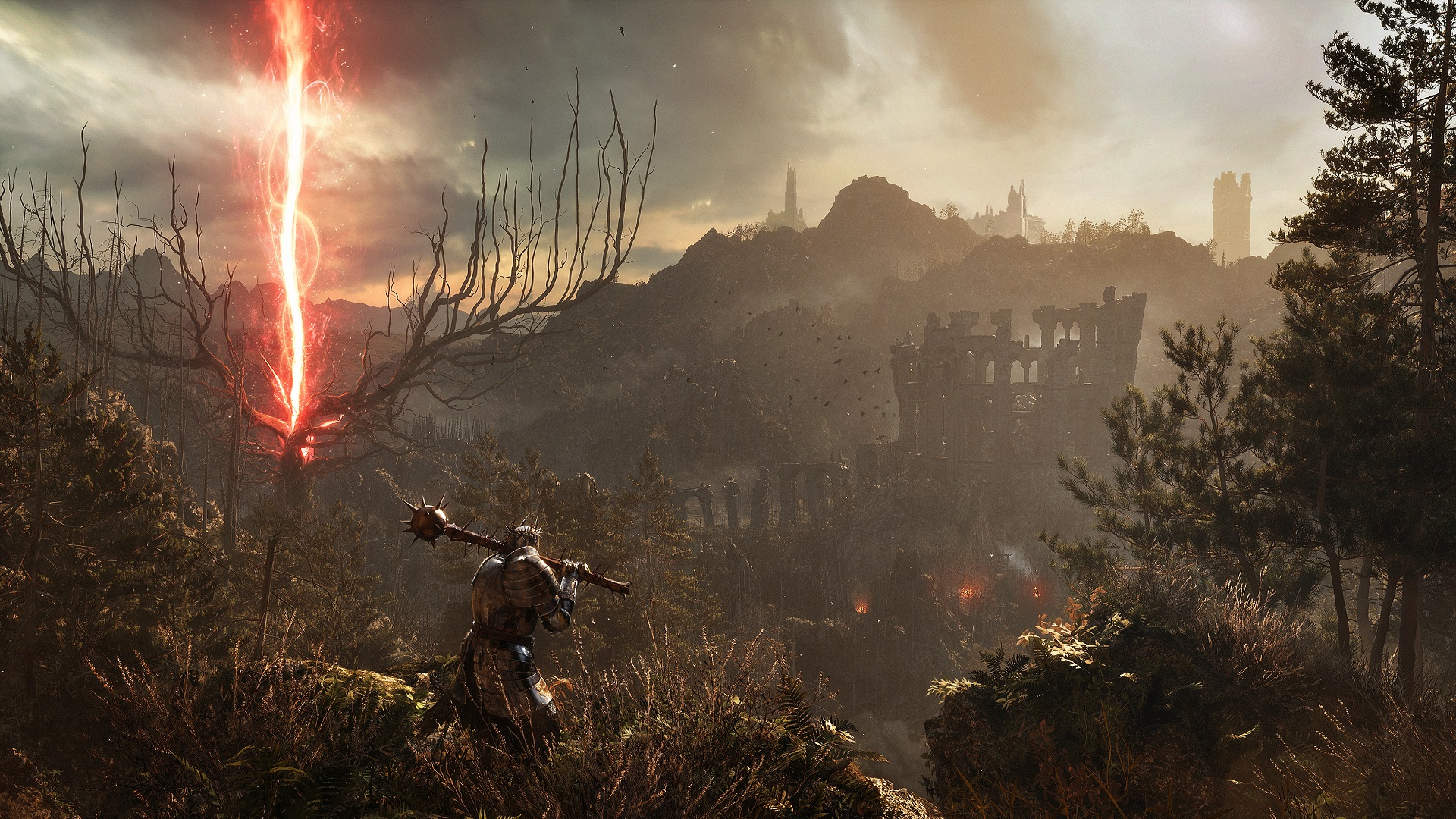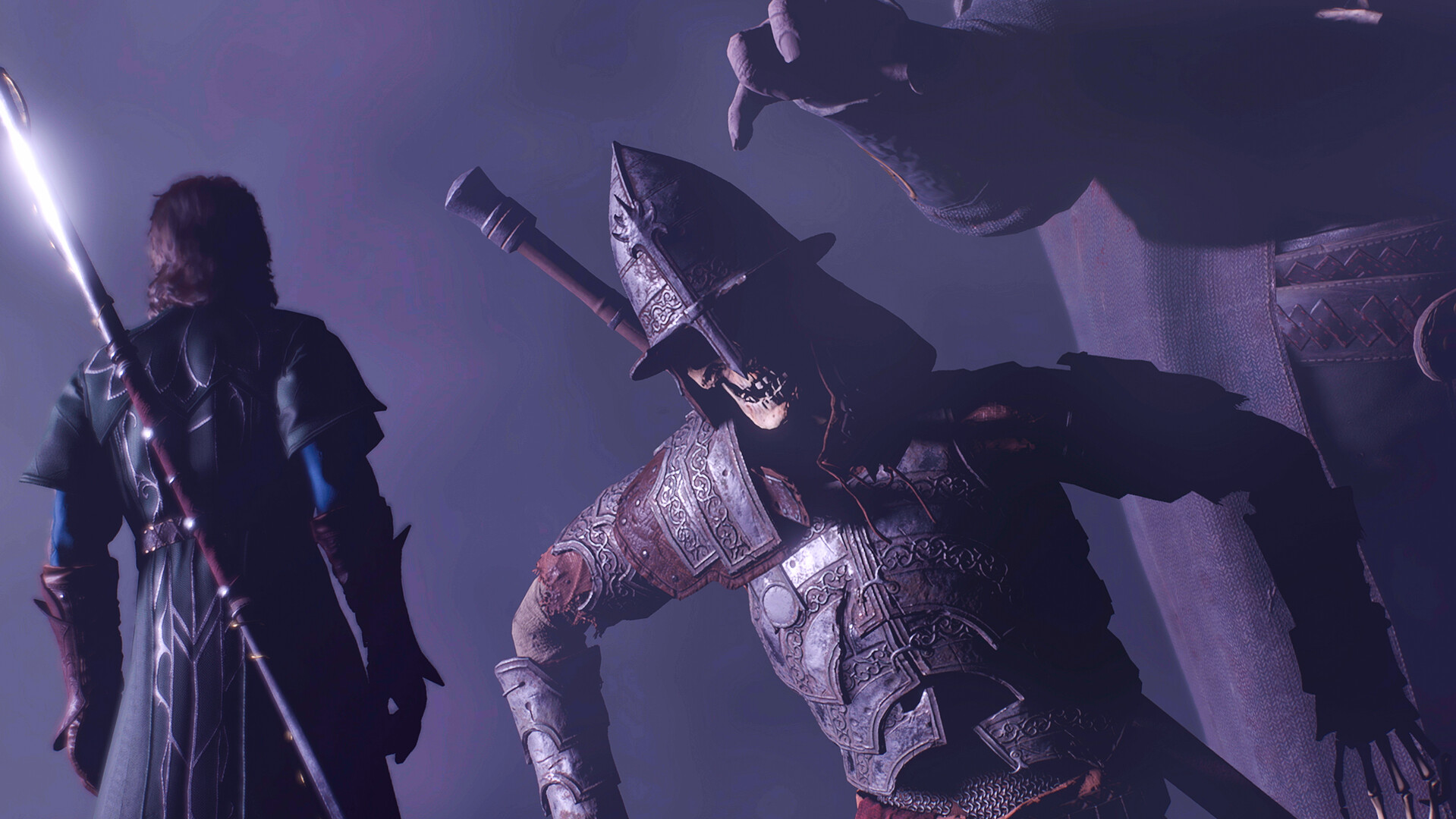
The Dark Pictures Anthology: Little Hope Review – Little Hope, Lotta Dope
Developed by Supermassive Games
Published by BANDAI
Available on PC (reviewed), Xbox One, Playstation 4
MSRP $29.99
Following the success of Supermassive Games’ Until Dawn is The Dark Pictures Anthology, a similarly styled series of horror games that heavily emphasize choice-based gameplay and theatrical elements. The anthology aims to release a new title each year with the initial goal of eight different chapters. Man of Medan, the first installment in the anthology released in 2019, was met with somewhat mixed reviews when compared to its predecessor. Many were worried that the installments in the anthology wouldn’t live up to the acclaim of Until Dawn. However, this second title may just be what Supermassive Games needs to right this ship.
Taking place in three separate snapshots in time, The Dark Pictures Anthology: Little Hope finds 5 unlucky souls involved in a bus accident that leaves them stranded in the fictional town of Little Hope, Massachusetts—a town hinted at being adjacent to its more well-known counterpart, Salem. “Little Hope has a dark history”, college professor John warns his four students as they are seemingly corralled by a mysterious fog towards it. The history becomes a bit too present as the characters are yanked one-by-one into brief visions of the 1600s, where they watch what appears to be their doubles be accused of witchcraft and subsequently executed. The objective becomes clear: escape from Little Hope as quickly as possible. Or is it?
True to Supermassive Games’ previous titles, Until Dawn and Man of Medan, the direction that Little Hope takes heavily hinges upon player-choices. These choices can range anywhere from insulting the age of Angela, the resident Karen of the group, to directly facing the strange, mutant creatures unrelentingly stalking the group in an effort to save each character. The player’s choices impact a variety of variables in the game, including which characters stick with one another when they are inevitably split up, extra cutscenes, and even completely different locations. It all funnels into an ending that players are carefully crafting for themselves from the very beginning of the game without even realizing it.

The main cast of Little Hope is fun and easy to get invested in. The group is led by rational yet overbearing professor John, sensitive and sharp-witted Taylor, loyal and arrogant jock Daniel, catty and self-sufficent Angela, and anxious Andrew who is a bit spacy after hitting his head during the bus crash. My opinion of each character changed drastically throughout the game, with some of my least favorites becoming my favorites, which indicates how well fleshed-out and dynamic they are. The group synergy (or lack thereof) is up to the player to decide: their traits are somewhat malleable, as well as their conviction in what they believe to be going on. In single-player mode, the game will assign a character for the player to make choices of in each scene. You quickly learn that even though it may seem like the obvious choice to be agreeable and have the cast get along, sometimes it sacrifices the strong traits that the character you’re playing as holds. For example, as John and Taylor were constantly bickering about whether or not to go into town, I made sure that Taylor wasn’t being too scathing towards John so that their relationship didn’t suffer. However, I was also making sure that she wasn’t constantly backing down to him, or she would lose her “Headstrong” trait which I felt would help her down the line.
This is even more interesting in the co-op mode, where Little Hope truly shines. In the shared story mode, two characters are instead assigned to two different players to proceed throughout the game. My sister and I would crack up as we took turns selecting dialogue options that would make our characters be at each other’s throats, and then growing more serious with our decisions when we could tell that the stakes were higher. However, the biggest appeal of the co-op mode, and Little Hope overall, was the constant feeling of movement, action and mystery that meshed to become an experience unlike any other that I’ve had in a horror game. As you explore the environment, discovering clues and how to proceed forward, your partner is simultaneously doing the same thing on their own, yet sometimes with a completely different group of characters in a different scene.

When the group splits up, I found myself taking control of Andrew, John and Angela, as my sister took control of Daniel and Taylor. Instead of jumping back between both groups to show what each other was experiencing, I ended up exploring backroads and a police station, while my sister was on the other end of the line describing an abandoned playground and grocery store that she had come across. At times, one of us would be transported into a vision of the 1600s, as the other didn’t even realize it and was continuing to search for clues. It is profoundly bizarre in the best way. We constantly had to keep each other updated on what we were experiencing, what tidbits we had found important to the plot, and at certain points, had to keep each other alive by completing skill-checks that directly impacted the other. Little Hope hits the bullseye balance of feeling very cooperative while also individualistic enough that the game wasn’t tipped in the favor of one person over the other.
The praise of the co-op mode isn’t to discredit the appeal of the single-player mode. While I do think that co-op mode is the most fun, there is a huge appeal in single-player mode in terms of finding out the truth of the story. There are 50 clues scattered throughout Little Hope in the form of newspaper clippings, monuments, letters from the 1600s and more that tie together the characters and events of the plot. I have played through the game four times now and still haven’t found all of the clues. Despite this, I still haven’t grown bored of the plot, which is based on real events in history that the developers have obviously researched extensively.

One of the aspects that I enjoy most about Little Hope is how it does approach the controversial subject-matter that serves as the foundation to the plot. The Salem Witch Trials are often portrayed in embellished, dramatic ways, featuring swamp-green enchantresses with buck-teeth and deformed features as they’re burned at the stake and cursing the fact that their evil plans had been stifled. Little Hope does the opposite. It challenges the preconceived notions that many people often have towards the witch trials, and instead of perpetuating it, highlights the politics surrounding it, reflecting the fact that they were often rooted in misogynistic ways of removing women from power or economic status. The deaths that take place in the game that players are exposed to, while gruesome, never feel overly gratuitous. While this may be disappointing to some for not being “scary” enough, I feel like there’s a more deeper fear that this game presents in the horror of what unfounded accusations and guilt can lead to, especially against women, even going as far as condemning a young girl for simply having dolls and dancing around a fire. As someone who is extremely interested in the Salem Witch Trials, done extensive research on it, including visiting Salem earlier this year, I feel like Supermassive Games really hit it out of the park in how they incorporated it into the narrative.
Despite the serious subject matter, I felt that were was a nice balance of Little Hope taking itself seriously while allowing for small moments of campiness to break the tension. As mentioned before, the game is rooted in real-life tragic events in history which lends it to a sense of seriousness; however, there are some one-liners that really push the notion that at times, players are watching a cheesy horror film. As the group sees an ominous ghost-girl on a bridge, Taylor exclaims “I’m just gonna say it: this is exactly what happens in horror movies”, and later, pokes fun at some of the more exaggerated elements of the game, saying that the group is being trapped by “mutant monsters and fuck-you-up fog.” Moments like this kept me engaged, because I felt like the themes of the game weren’t stiflingly rigid—remaining serious while also keeping it casual. The slow-burn of tension that persists until the end of the game is broken up by jump-scares (albeit a bit much), dramatic confrontations, and at times, these subtle injections of humor.

Uncovering the mystery behind the ghost town of Little Hope is an intriguingly frightful and fun adventure. If you decide to brave the fog, bring along a friend if you can, as trying to find the truth of the events is even more enjoyable when you have a partner to connect the pieces together with.




